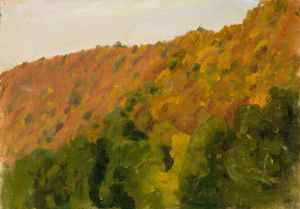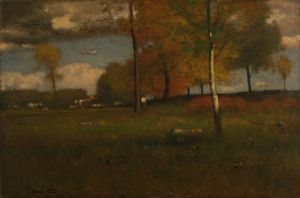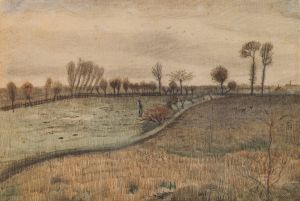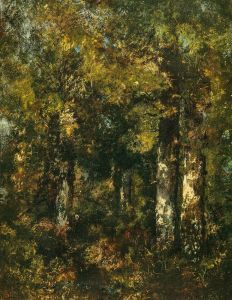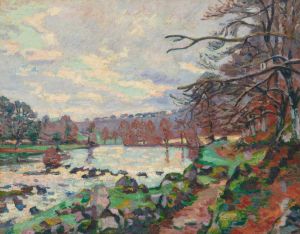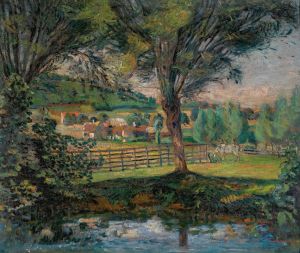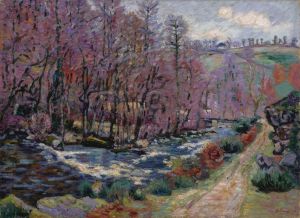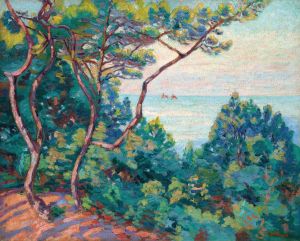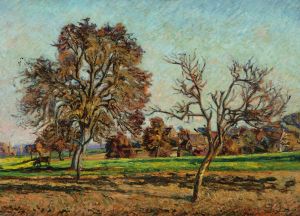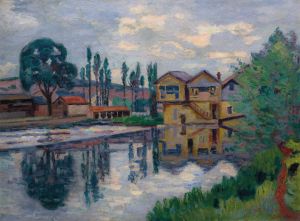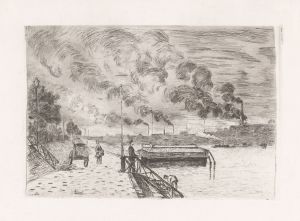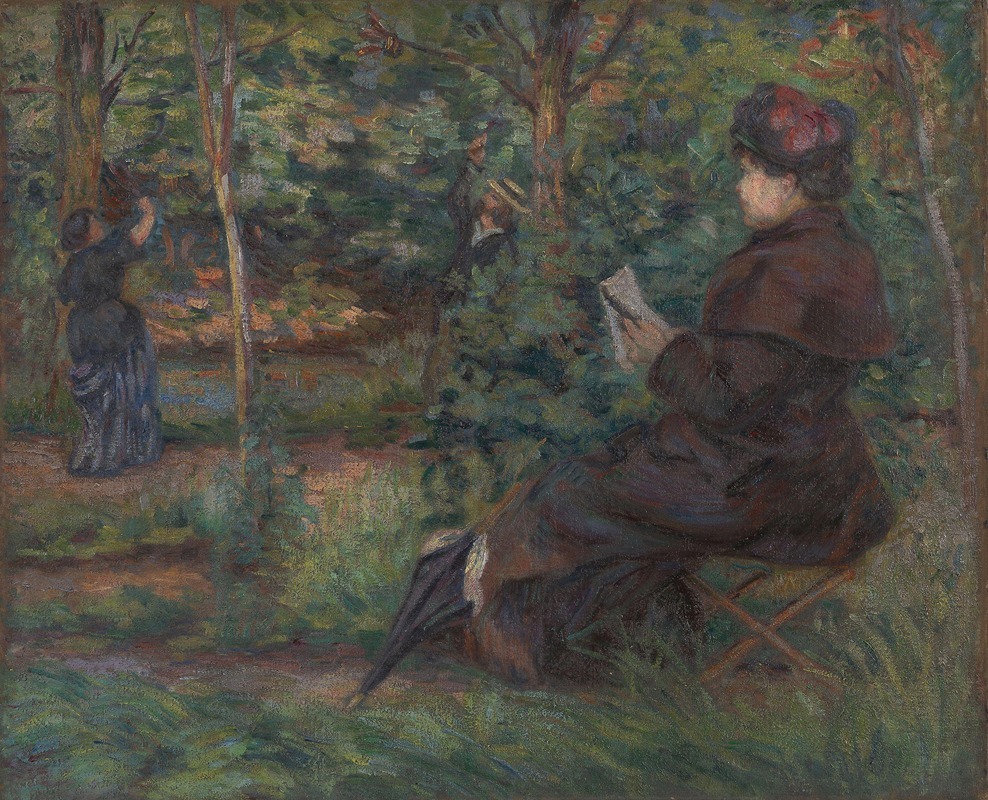
In the garden
A hand-painted replica of Armand Guillaumin’s masterpiece In the garden, meticulously crafted by professional artists to capture the true essence of the original. Each piece is created with museum-quality canvas and rare mineral pigments, carefully painted by experienced artists with delicate brushstrokes and rich, layered colors to perfectly recreate the texture of the original artwork. Unlike machine-printed reproductions, this hand-painted version brings the painting to life, infused with the artist’s emotions and skill in every stroke. Whether for personal collection or home decoration, it instantly elevates the artistic atmosphere of any space.
Armand Guillaumin was a French Impressionist painter known for his vibrant use of color and his depictions of landscapes and urban scenes. Born on February 16, 1841, in Paris, Guillaumin was a contemporary of other notable Impressionists such as Claude Monet, Camille Pissarro, and Pierre-Auguste Renoir. Although not as widely recognized as some of his peers, Guillaumin made significant contributions to the Impressionist movement.
"In the Garden" is one of Guillaumin's works that exemplifies his style and artistic approach. While specific details about this particular painting are limited, Guillaumin's oeuvre often focused on capturing the effects of light and color in natural settings. His works frequently depicted scenes from the French countryside, urban landscapes, and gardens, showcasing his fascination with the changing qualities of light and atmosphere.
Guillaumin's technique was characterized by bold brushstrokes and a vivid palette, which he used to convey the dynamic interplay of light and shadow. This approach is evident in many of his garden scenes, where he skillfully captured the lushness and vibrancy of nature. His ability to depict the subtleties of light filtering through leaves or reflecting off surfaces was a hallmark of his work.
Throughout his career, Guillaumin participated in several of the Impressionist exhibitions that took place in Paris between 1874 and 1886. These exhibitions were crucial in establishing the Impressionist movement and provided a platform for artists like Guillaumin to showcase their innovative approaches to painting. Despite facing financial difficulties for much of his life, Guillaumin remained committed to his art and continued to produce works that reflected his unique vision.
In addition to his landscapes and garden scenes, Guillaumin also painted urban environments, capturing the bustling life of Paris and its surroundings. His works often featured bridges, rivers, and streets, rendered with the same attention to light and color that characterized his rural scenes.
Guillaumin's contributions to the Impressionist movement were recognized by his peers, and he maintained friendships with several prominent artists of the time. His work was influential in the development of the movement, and he is remembered for his dedication to capturing the beauty of the natural world through his art.
Today, Guillaumin's paintings can be found in various museums and private collections around the world. His work continues to be appreciated for its vibrant color, dynamic compositions, and the artist's ability to convey the ephemeral qualities of light and atmosphere. While "In the Garden" may not be as widely known as some of his other works, it remains a testament to Guillaumin's skill and his contribution to the Impressionist movement.





